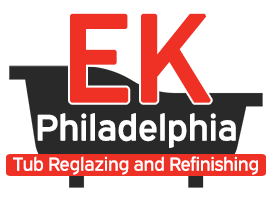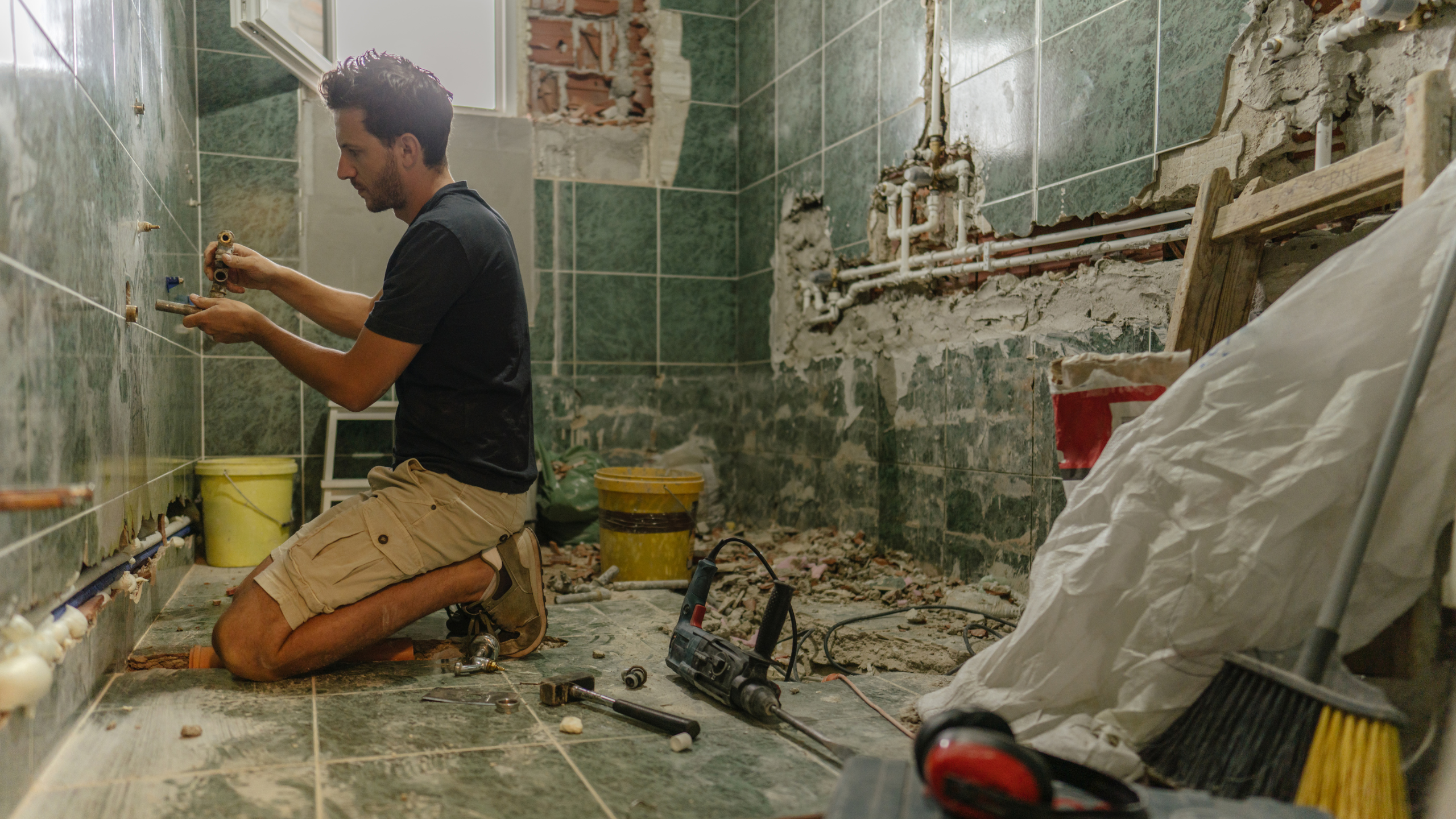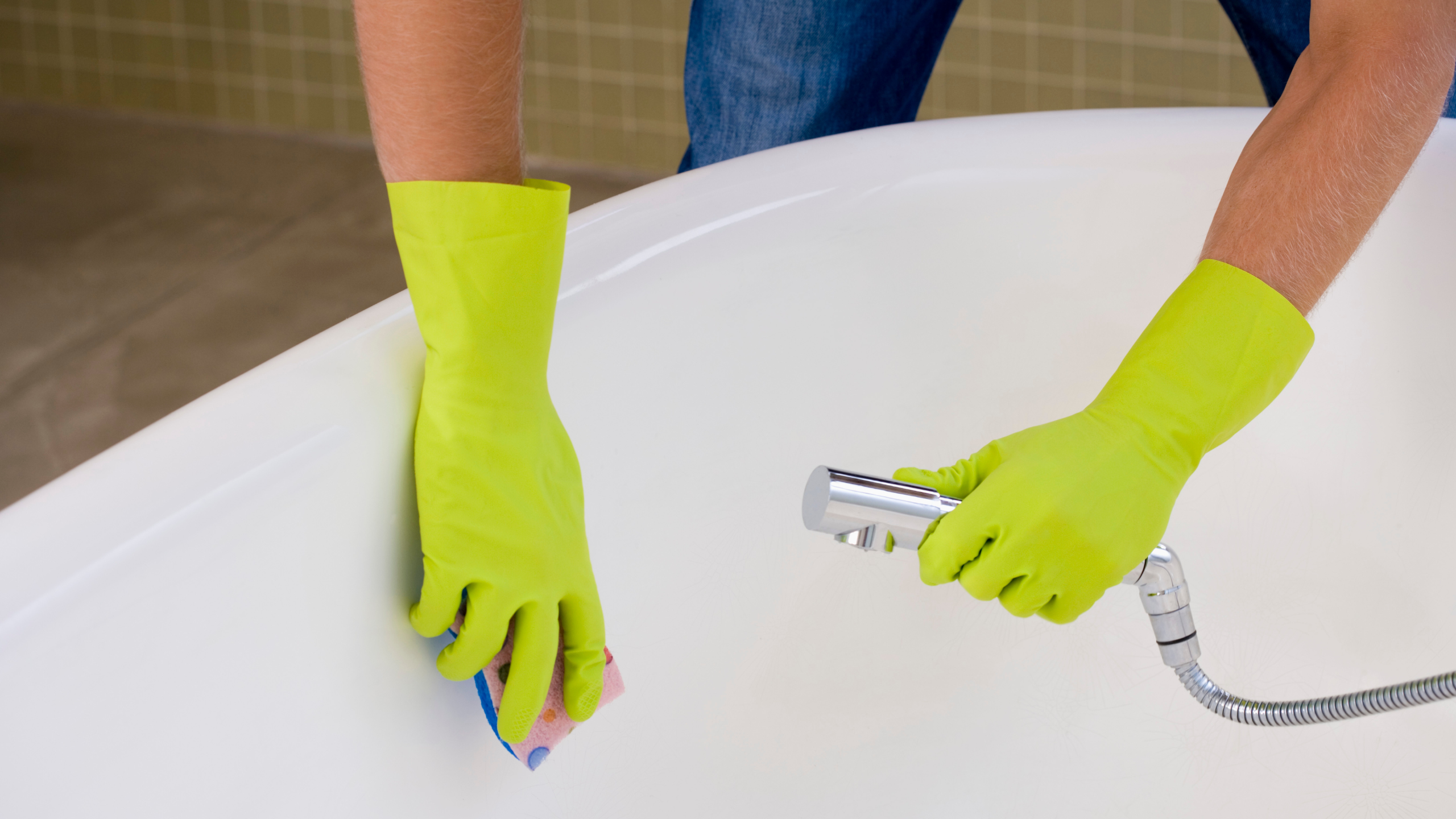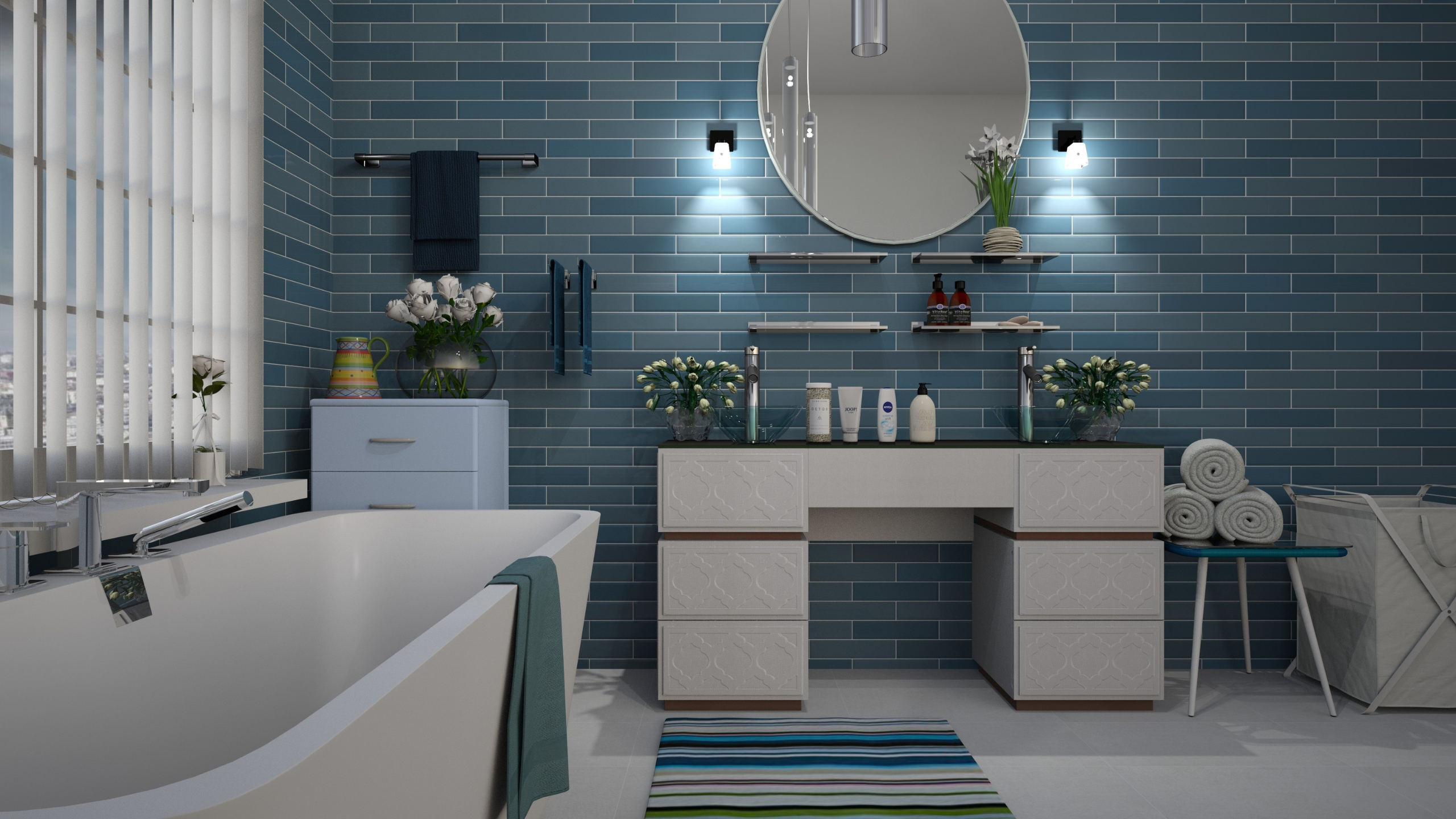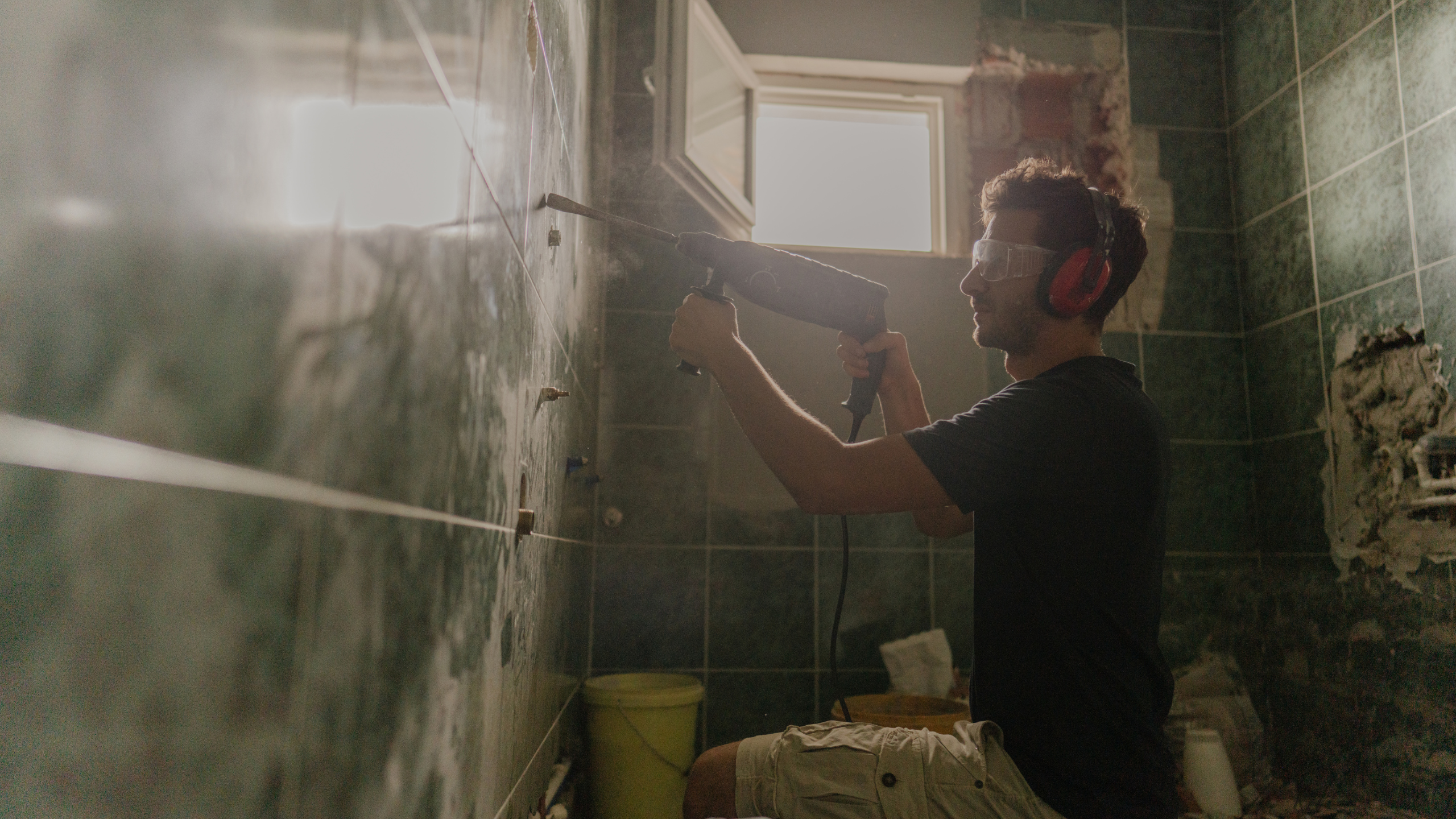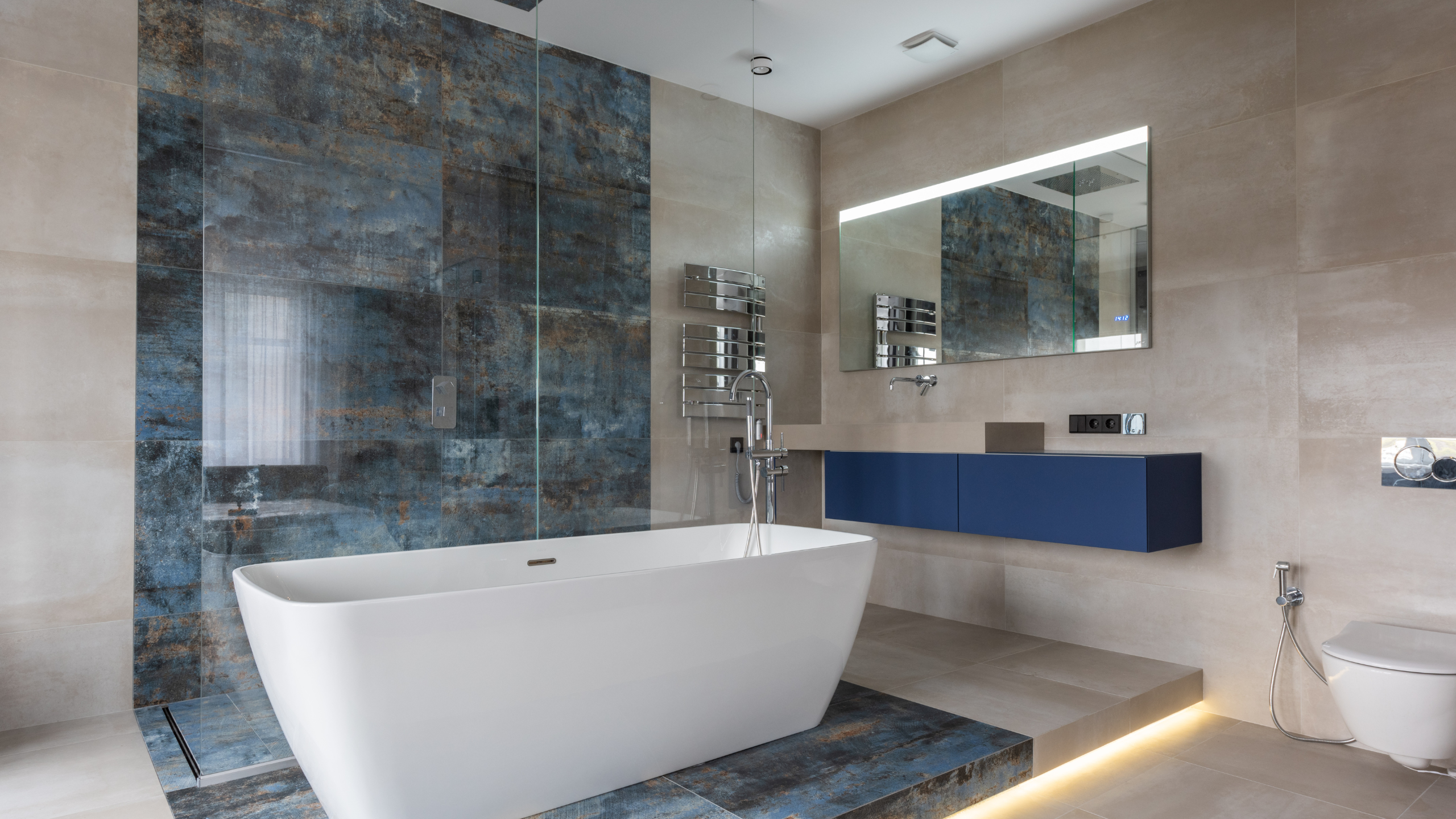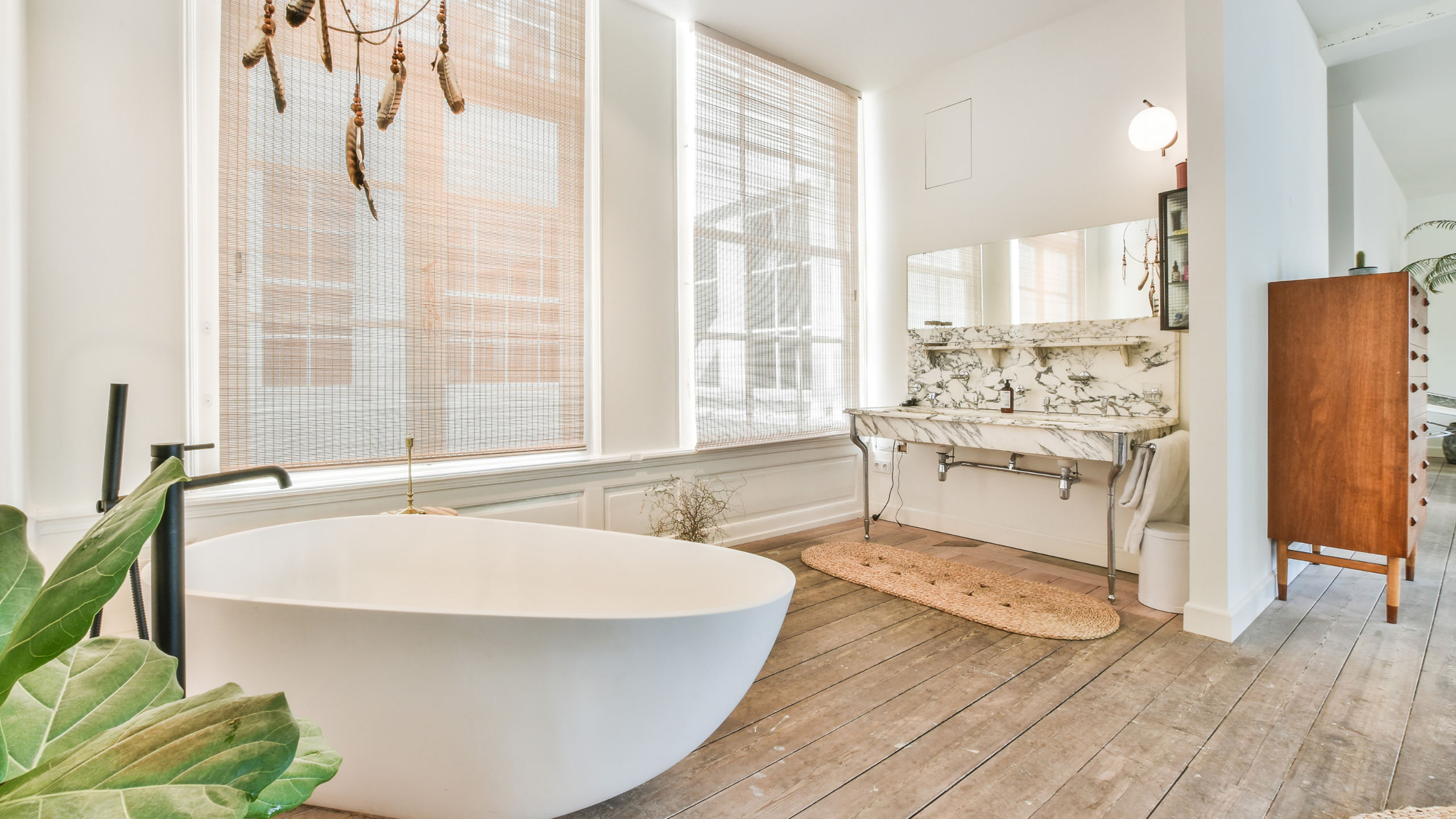In bathroom renovation, reglazing and refinishing are two terms often thrown around interchangeably, yet they entail different processes and outcomes. Reglazing involves applying a new coat of glaze over the existing surface, focusing primarily on enhancing the appearance. On the other hand, refinishing typically encompasses more extensive repairs before applying a new finish, addressing both aesthetic and structural issues. While both techniques aim to revitalize the appearance of your bathtub, understanding the disparity between them is crucial for achieving desired results that align with your specific renovation goals and budget constraints. Stubborn stains or damage? Let EK Philadelphia Tub Reglazing and Refinishing handle your bathtub transformation.
Reglazing vs. Refinishing: What Sets Them Apart?
Reglazing, or resurfacing or re-enameling, is a transformative process in which a fresh layer of glaze is expertly applied over the existing bathtub surface. This meticulous technique requires thorough preparation to ensure optimal adhesion and a flawless result. By meticulously cleaning and prepping the surface, any impurities or imperfections are removed, allowing the new glaze to bond seamlessly, creating a durable and lustrous finish that breathes new life into your bathtub.
Conversely, refinishing goes beyond mere aesthetic enhancements, delving into structural restoration. This comprehensive approach involves addressing chips, cracks, or scratches through meticulous repairs before applying a new finish. Sanding and priming are pivotal in preparing the surface, providing an ideal canvas for the final coat to adhere to. By combining aesthetic rejuvenation with structural reinforcement, refinishing ensures that your bathtub looks stunning and maintains its integrity for years to come.
10 Types of Cleaning Methods for Bathtub Surface
1. Vinegar and Baking Soda: A natural and effective cleaner, combining vinegar and baking soda, creates a powerful scrubbing agent that can tackle stubborn stains and soap scum.
2. Commercial Cleaners: Numerous commercial cleaners are available specifically formulated for bathtub cleaning. These products often contain chemicals designed to dissolve grime and mineral deposits.
3. Lemon Juice: The acidity found in lemon juice make it an excellent cleaner for cutting through grease and soap residue, leaving behind a fresh citrus scent.
4. Steam Cleaning: Steam cleaners use high-pressure steam to loosen dirt and grime from the bathtub’s surface, providing a chemical-free and eco-friendly cleaning option.
5. Magic Erasers: These melamine foam sponges work wonders on tough stains and scuff marks with minimal effort, making them convenient for quick touch-ups.
6. Hydrogen Peroxide: Effective at disinfecting and whitening surfaces, hydrogen peroxide can clean and brighten a bathtub’s surface without harsh chemicals.
7. Microfiber Cloths: Gentle yet effective, microfiber cloths are ideal for wiping down the bathtub surfacefollowing cleansing to get rid of any leftover residue and leave a streak-free shine.
8. Dish Soap: A mild detergent, such as dish soap is a useful tool for cleaning bathtub surface, breaking down grease and grime without damaging the finish.
9. DIY Cleaning Solutions: Mixing ingredients like dish soap, vinegar, and water can create an effective homemade cleaner for tackling bathtub stains and buildup.
10. Regular Maintenance: Consistent cleaning and maintenance are necessary to maintain the integrity and look of the bathtub surface over time. Develop a cleaning routine to prevent dirt and grime from accumulating.
Preparation: The Key to Successful Reglazing
Regardless of the cleaning method chosen, successful reglazing hinges on thoroughly preparing the bathtub surface. Before applying a new coat of glaze, it’s essential to remove any soap scum, dirt, or residues that may hinder adhesion. This involves scrubbing the surface with appropriate cleaners and ensuring it is completely dry before reglazing. Skipping or rushing through this step can result in a subpar finish and premature peeling or chipping of the new glaze.
Conclusion
In the quest for a beautifully rejuvenated bathtub, preparation reigns supreme. By understanding the disparity between reglazing and refinishing and employing effective cleaning methods, you can ensure a successful outcome for your bathroom renovation project. Remember, a clean surface is not only the foundation for a flawless finish but also the the secret to extending the life of your recently reglazed bathtub.
